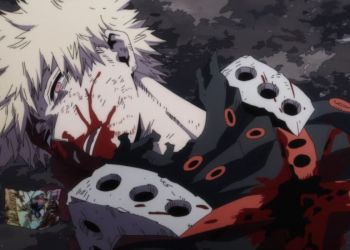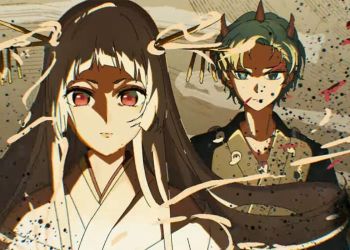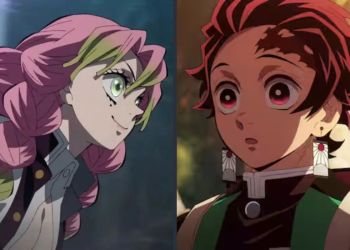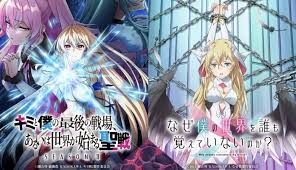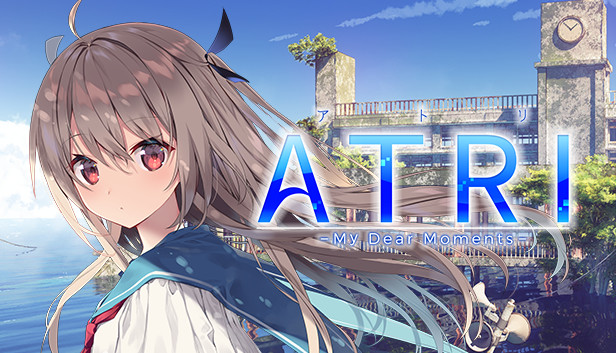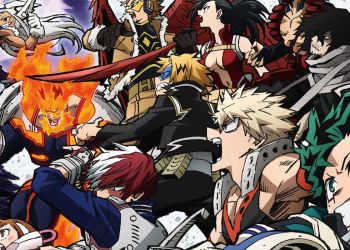The Art of Anime: A Visual Journey
The Art of anime is a unique blend of Japanese animation and storytelling, that has captured the hearts of millions worldwide. From action-packed adventures to heart-wrenching romances, anime has a genre for everyone. But what sets anime apart is not just the stories it tells, but the visual artistry that brings those stories to life. Join me on a visual journey through the art of anime.
The Magic of Character Design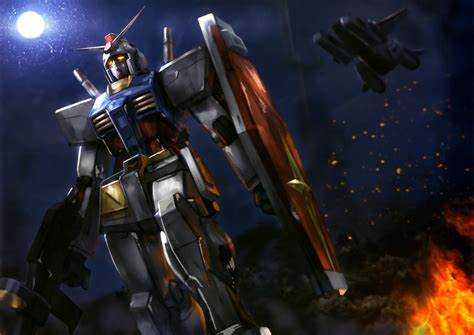
One of the most distinctive features of anime is its character design. Each character is uniquely crafted with specific personality traits and physical features. Take, for example, the iconic anime character Goku from Dragon Ball Z. His spiky hair, orange Gi (uniform), and muscular build are instantly recognizable. These features are not just random choices, but each element is designed to reflect his character and the story. His hair symbolizes his wild nature, his Gi represents his martial arts training, and his muscles show his strength.
The Art of Storytelling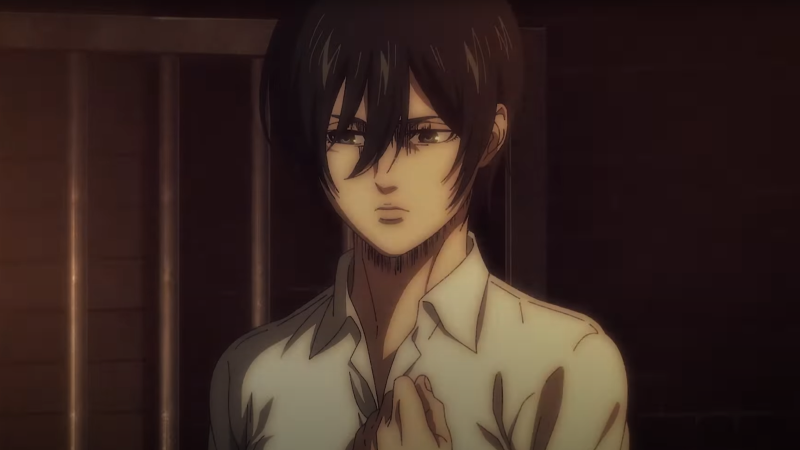
Anime is not just about visual storytelling but also about its intricate and compelling plotlines. Take the anime series Attack on Titan, which is set in a world where humans live in fear of giant humanoid creatures called ‘Titans’. The story follows the protagonist Eren Yeager, who fights against the Titans to protect humanity. The art in Attack on Titan is not just visually stunning but also serves the story by highlighting the horror and brutality of the Titans. The animation captures the Titans massive size and grotesque appearance, making them truly terrifying.
The Power of Color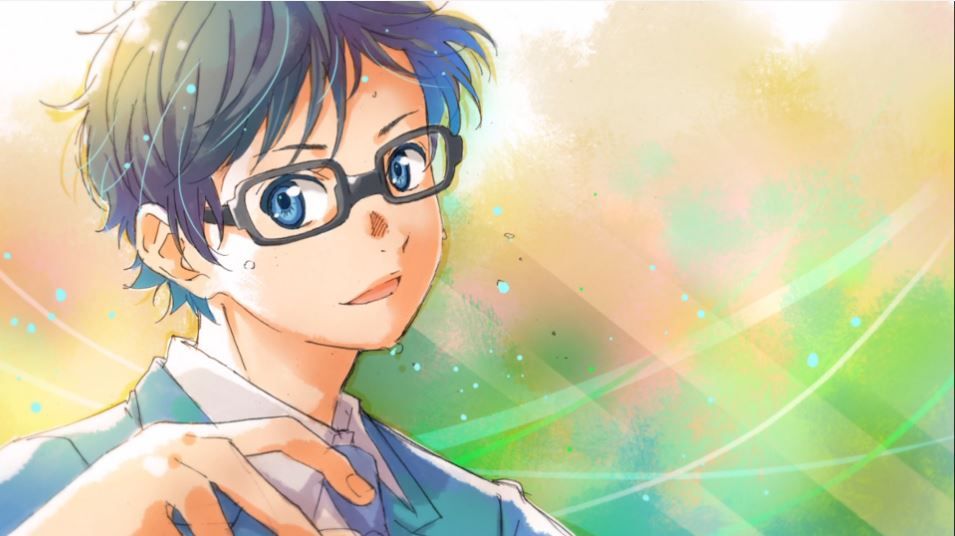
Anime is known for its vivid and striking use of color. Each anime has its unique color palette, which sets the mood for the story. The anime series Your Lie in April, a romantic drama, uses a pastel color palette to create a dreamy and nostalgic atmosphere. The colors complement the story’s themes of love, loss, and nostalgia, creating an emotional connection between the viewer and the story.
The Art of Action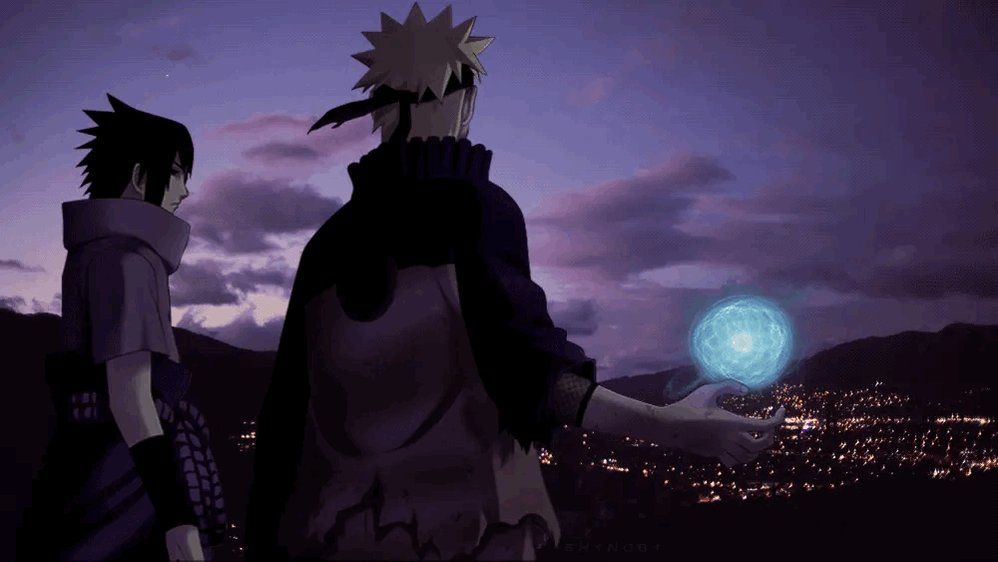
Anime is also known for its epic fight scenes and action sequences. One of the most popular anime series, Naruto, features intense battles between ninjas with supernatural abilities. The art in Naruto is not just eye-catching but also serves the story by making the fights more dynamic and exciting. The art captures the speed and intensity of the characters’ movements, making the fights feel real and exhilarating.
The Beauty of Landscapes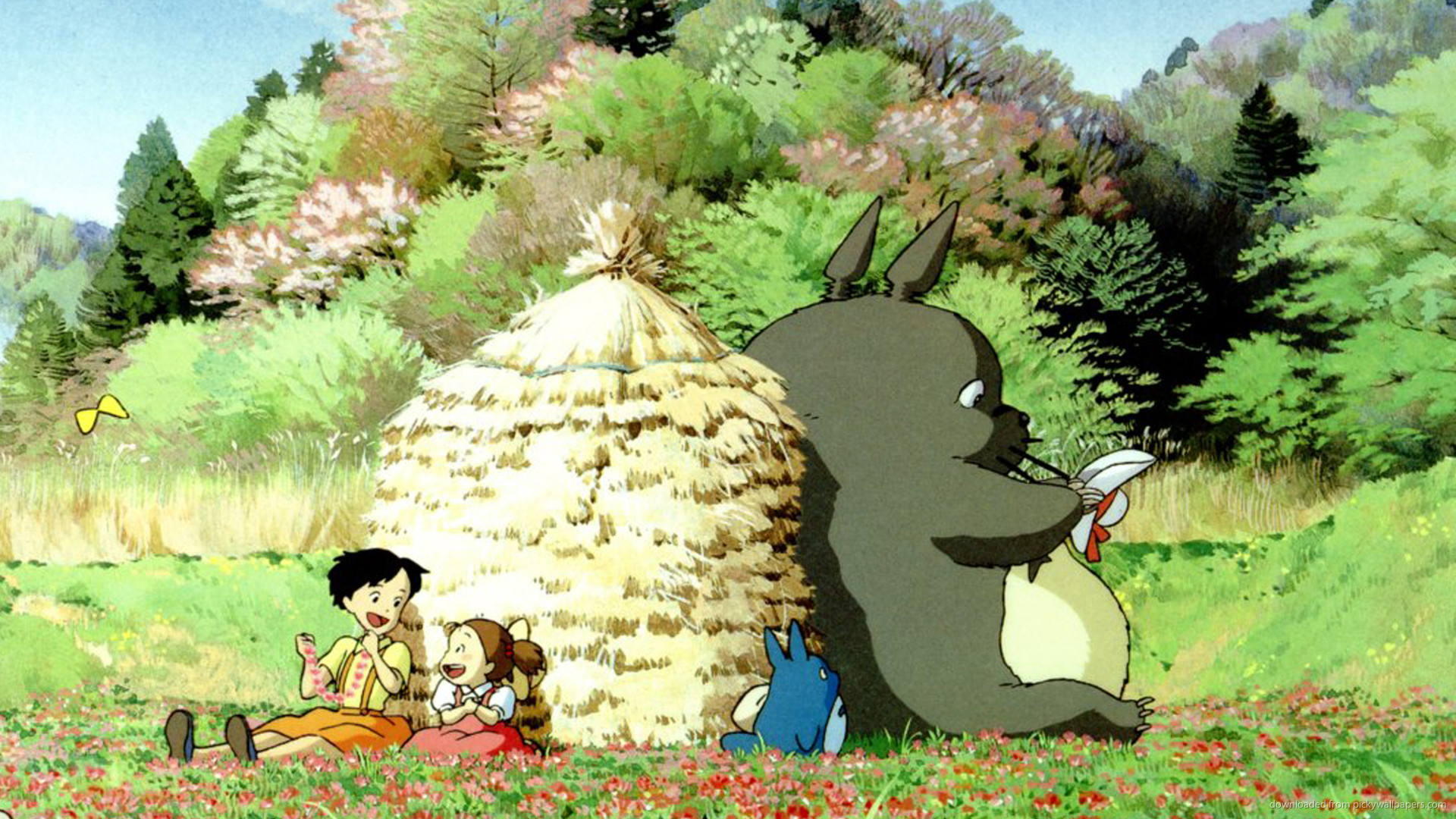
Anime is not just about the characters but also about the world they inhabit. Many anime series showcase breathtaking landscapes, from the rolling hills of Studio Ghibli‘s My Neighbor Totoro to the futuristic cityscapes of Ghost in the Shell. The art in anime captures the beauty of these landscapes, making them feel like living, breathing worlds.
The Symbolic Artistry of Anime
Anime is a form of art that often uses ‘symbolism’ to convey deeper meaning and themes. Symbolism is the use of symbols or objects to represent an abstract idea or concept. By using symbolism in anime, creators can add layers of meaning to their storytelling and create a more immersive experience for the viewers.
One of the most common symbols used in anime is the cherry blossom tree. In Japanese culture, the cherry blossom represents the fleeting nature of life and the beauty of impermanence. This symbolism is often used in anime to represent the transience of youth and the fragility of life.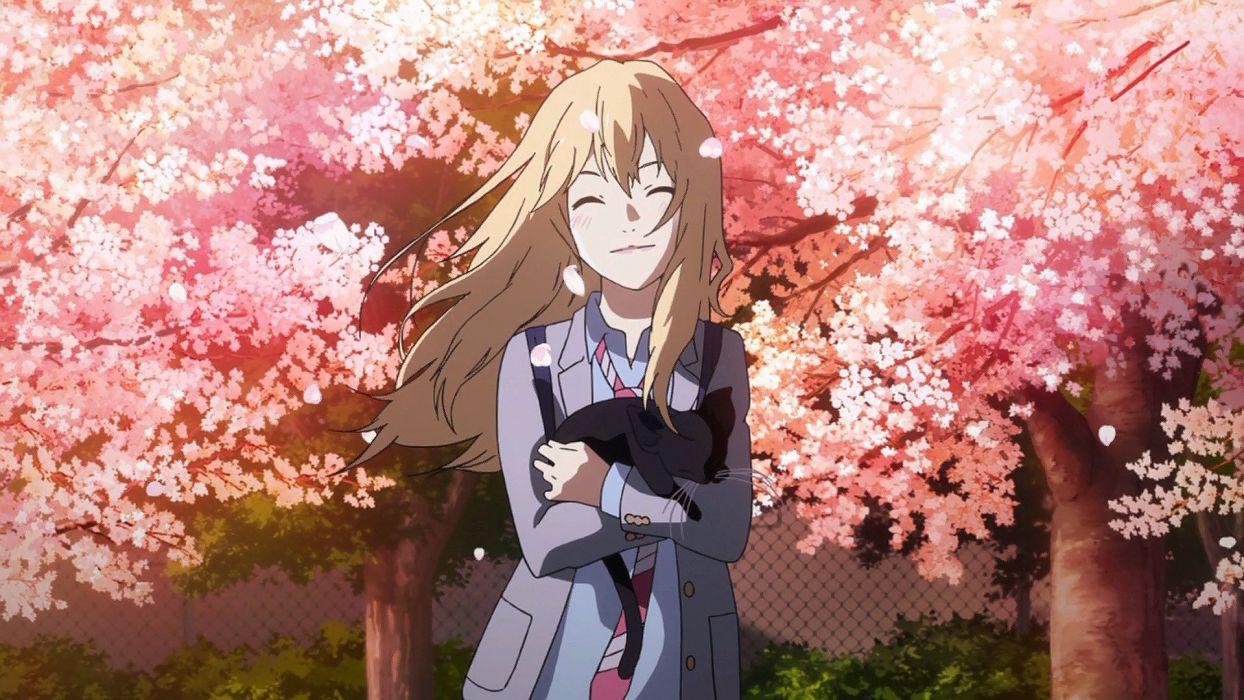
For example, in the popular anime series “Your Lie in April,” the cherry blossom tree is used to symbolize the main character’s love interest, who is terminally ill. The tree’s blossoms fall like tears, representing the fleeting nature of her life and the sorrow of her impending death.
‘Color’ is another powerful symbol used in anime. Red often represents passion or love, while blue represents calmness or sadness.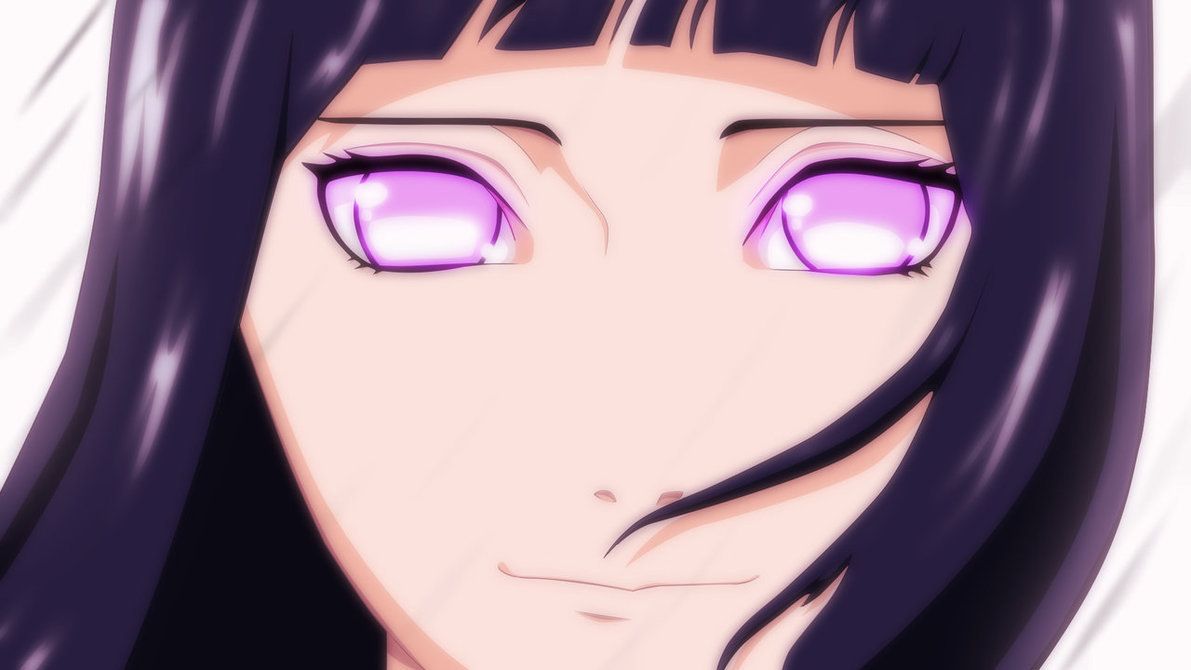
For example, in the anime series “Naruto,” the character Sasuke’s eyes turn red when he is angry or passionate, symbolizing his intense emotions. Similarly, the character Hinata’s eyes turn blue when she is sad or feeling down, symbolizing her inner turmoil.
‘Animals’ are also commonly used as symbols in anime. For example, the wolf is often used to represent loyalty and strength, while the fox represents cunning and trickery.
In the anime series “Fullmetal Alchemist,” the character Roy Mustang uses the image of a phoenix to symbolize rebirth and renewal. The phoenix represents the idea that even in the midst of destruction, new life can arise.
‘Religious symbols’ are also often used in anime. For example, the cross is used to represent Christianity, while the lotus flower is used to represent Buddhism.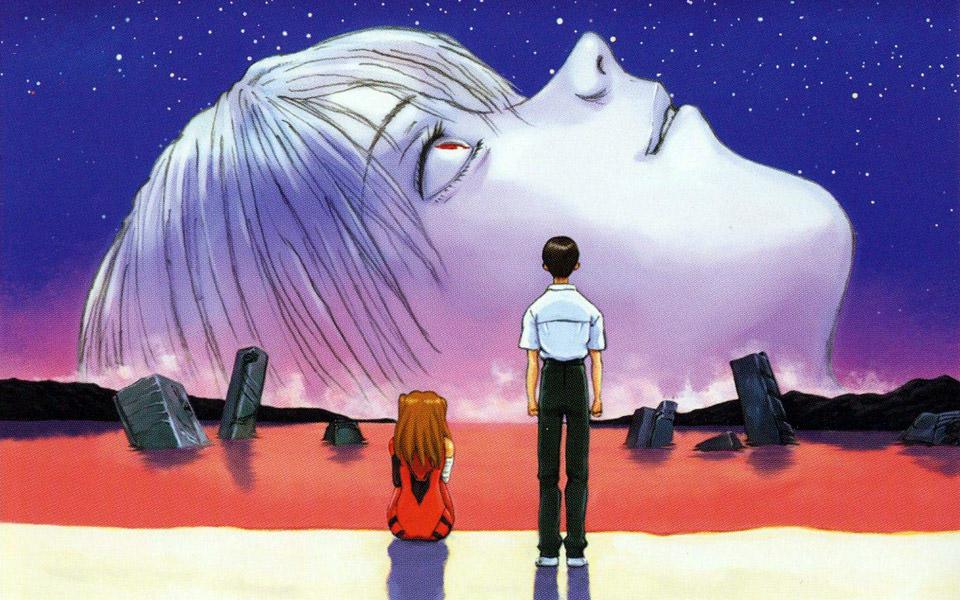
In the anime series “Neon Genesis Evangelion,” the story draws heavily from Christian symbolism, with the main character’s name being Shinji Ikari, which means “God’s servant.”
In conclusion, From the ‘cherry blossom tree’ to the phoenix to religious symbols, the use of symbolism in anime is a testament to the artistry and creativity of the medium.
The Evolution in Art of anime
Anime has come a long way since its inception in the early 20th century. From the classic cartoons of the 1960s to the modern masterpieces of today, anime has undergone significant changes in its art style, animation techniques, and storytelling. In this article, we will explore the evolution of anime art and how it has changed over the years.
1. Early Anime Art (1917 – 1960s)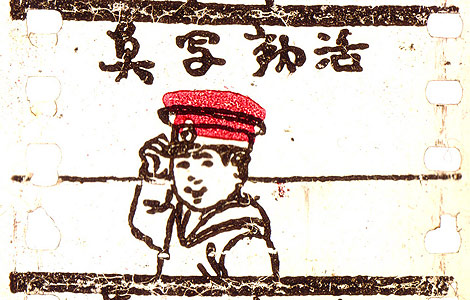
The first anime film, “Katsudo Shashin,” was released in Japan in 1917. It was a black and white silent film that used traditional animation techniques. The early anime art style was heavily influenced by Western cartoons, with exaggerated expressions and movements. The characters had simple designs with round, bulbous heads, and large eyes.
In the 1960s, anime began to shift away from Western influences and develop its unique style. The art became more detailed, and the characters’ designs became more intricate. One of the most popular anime series from this era is “Astro Boy,” which featured a robotic protagonist with a distinctive design that became iconic in the anime world.
2. The Golden Age of Anime (1970s – 1980s)
The 1970s and 1980s are considered the golden age of anime, with groundbreaking series such as “Mobile Suit Gundam” and “Dragon Ball” being released during this time. The art style became more refined, with more attention paid to character design and animation techniques.
One of the significant changes during this era was the use of color in anime. Many anime series began to use bold, vibrant colors to create a more visually appealing experience for the viewers. The use of lighting and shading also became more sophisticated, adding depth and dimension to the characters and environments.
3. The Digital Age of Anime (1990s – 2000s)
The 1990s saw a significant shift in anime art with the introduction of digital technology. Computer-generated animation techniques allowed for more complex movements and camera angles, making the action scenes more dynamic and exciting.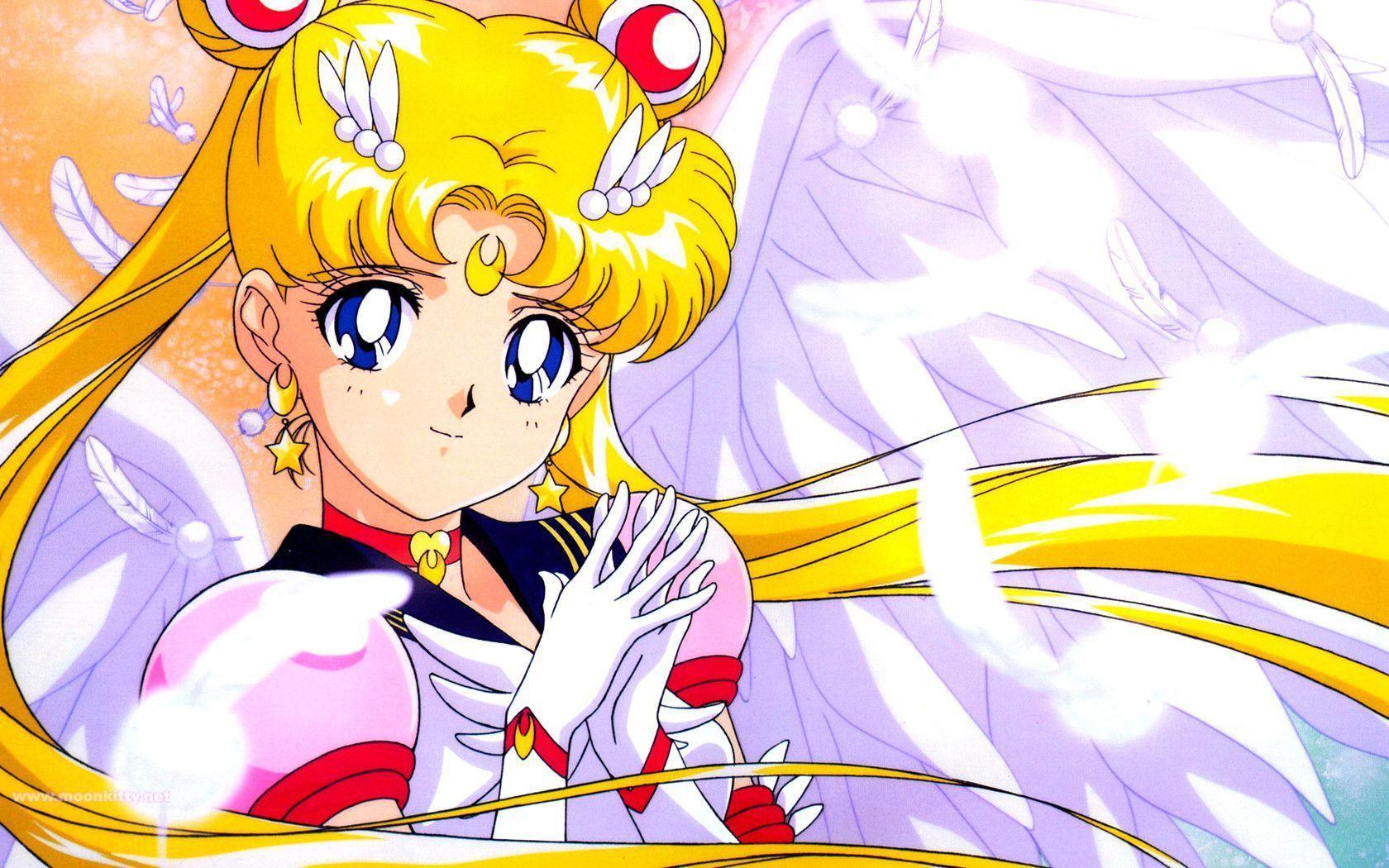
The art style of anime in the 1990s and 2000s was characterized by sharp lines, angular features, and bright colors. The characters’ designs became more stylized, with exaggerated proportions and unique fashion choices. One of the most popular anime series of this era was “Sailor Moon,” which featured a diverse cast of female characters with distinctive, stylish designs.
4. Modern Anime Art (2010s – Present)
In recent years, anime has continued to evolve, with new techniques and styles being used to create visually stunning series. One of the most significant changes in modern anime art is the use of 3D animation. Many anime series now use a combination of 2D and 3D animation to create a more immersive experience for the viewers.
Another trend in modern anime art is the use of more realistic character designs. While many anime characters still have exaggerated features, there has been a move towards more natural-looking designs. This trend is exemplified in series such as “Your Lie in April,” which features characters with realistic proportions and facial features.
Conclusion
In conclusion, anime has become a formidable form of art that has been adored by anime fans worldwide. The visual artistry that brings anime stories to life is what sets it apart from other forms of animation. The magic of character design, the art of storytelling, the power of color, the art of action, and the beauty of landscapes in anime create a visual spectacle that captivates the viewers. The use of symbolism in anime adds layers of meaning to the storytelling, making it a more immersive and compelling experience for the viewers.
Anime has undergone significant changes in its art style, animation techniques, and storytelling since its inception in the early 20th century. The evolution of anime art from its early days of traditional animation to the modern era of 3D animation has been notable, with more attention paid to character design, animation techniques, and the use of color and lighting to add depth and dimension to the characters and environments.
As anime continues to evolve, we can expect to see new art styles and techniques that push the boundaries of what is possible in animation. The art of anime is a testament to the creativity and artistry of the medium, and it will continue to be an important and influential form of art for years to come.
